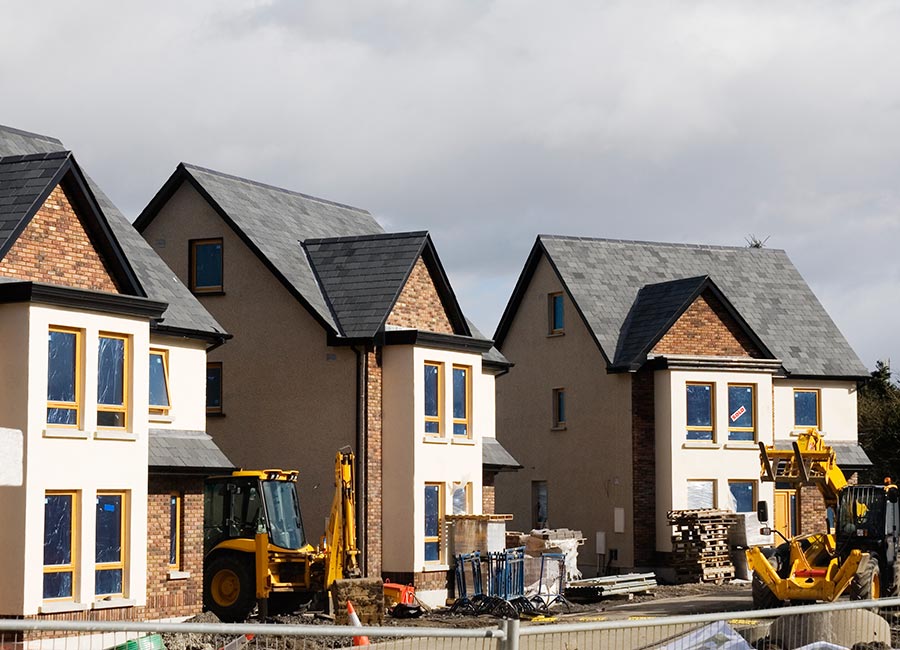A total of 34,686 new residential addresses were added to the GeoDirectory database last year, outstripping the number of new homes constructed by more than 4,000.
The latest GeoDirectory Residential Buildings Report from EY shows the number of new addresses rose 5,944 or 20.7% when compared to the previous year when 28,742 addresses were added to the database, which is the most comprehensive available.
The highest proportion of new address points was in Dublin, which accounted for 38.1% of the total, followed by Cork (10.8%), Meath (5.7%) and Kildare (4.7%), but more than half were located in the greater Dublin area (52.4%).
There are now 2.17m residential properties in the Republic of Ireland. The number of apartments, defined as a dwelling that exists in a building of five or more dwellings, amounted to 10.7% of the total residential stock or 233,183 units, up by 12,699 units (or 5.4%) relative to December 2023.
The study identified a further 22,251 residential buildings as being under construction in December, down 2.3% from the same month in 2023.
Dublin again made up the largest share of buildings under construction at 18.7% or 4,162, ahead of Cork (3,002), Kildare (1,438), Meath (1,312), Louth (1,141) and Galway (1,126), but residential construction activity was weakest in Longford (85), Leitrim (121) and Roscommon (162).
“There was a substantial increase in the number of residential address points added to the GeoDirectory database throughout 2024," said Dara Keogh, CEO of GeoDirectory.
"The number of buildings under construction has remained relatively stable, indicating that the strong pipeline of new homes will continue into 2025.”
The national vacancy rate fell 0.1 percentage points year-on-year to 3.8%, and the average vacancy rate declined in 19 out of 26 counties in the State last year.
Leitrim (11.8%), Mayo (10.6%), Roscommon (10.3%), Donegal (9%) and Sligo (8.2%) had the highest proportions of vacant residential properties while Dublin (1.2%), Kildare (1.5%), Waterford (2.1%) and Carlow (2.5%) had the lowest vacancy rates.
A total of 20,092 residential address points were classified as derelict at the end of last year, a decline of 3.3% from Q4 2023, and Mayo (14%), Donegal (11.6%) and Galway (8.8%) had the highest concentration of derelict properties.
The study shows that the average price for a residential property increased 7.2% to €399,763 in the 12 months to November 2024, with prices rising in all counties. The CSO previously said that prices increased 9.4% year-on-year in November to an average of €350,000.
Some 46,894 residential property transactions took place in that time, a fifth (20.6%) of which were for new dwellings.
The highest property price was in Dublin, with an average of €565,351. Wicklow (€488,829) and Kildare (€412,839) were the only other counties in which the average property price exceeded the national average.
The lowest average prices were recorded in Leitrim (€190,000), Longford (€196,532) and Roscommon (€205,333).

“The latest GeoDirectory report spotlights a continuing and encouraging downward trend in both national vacancy and dereliction rates, as our growing population and policy initiatives are having an impact," said Annette Hughes, director at EY economic advisory.
"More broadly while the number of new address points increased significantly last year, it will be critically important going forward to ensure the right policies, housing supports and infrastructure are in place to accelerate the delivery of housing supply for all tenures in the right locations.”
(Pic: File)











